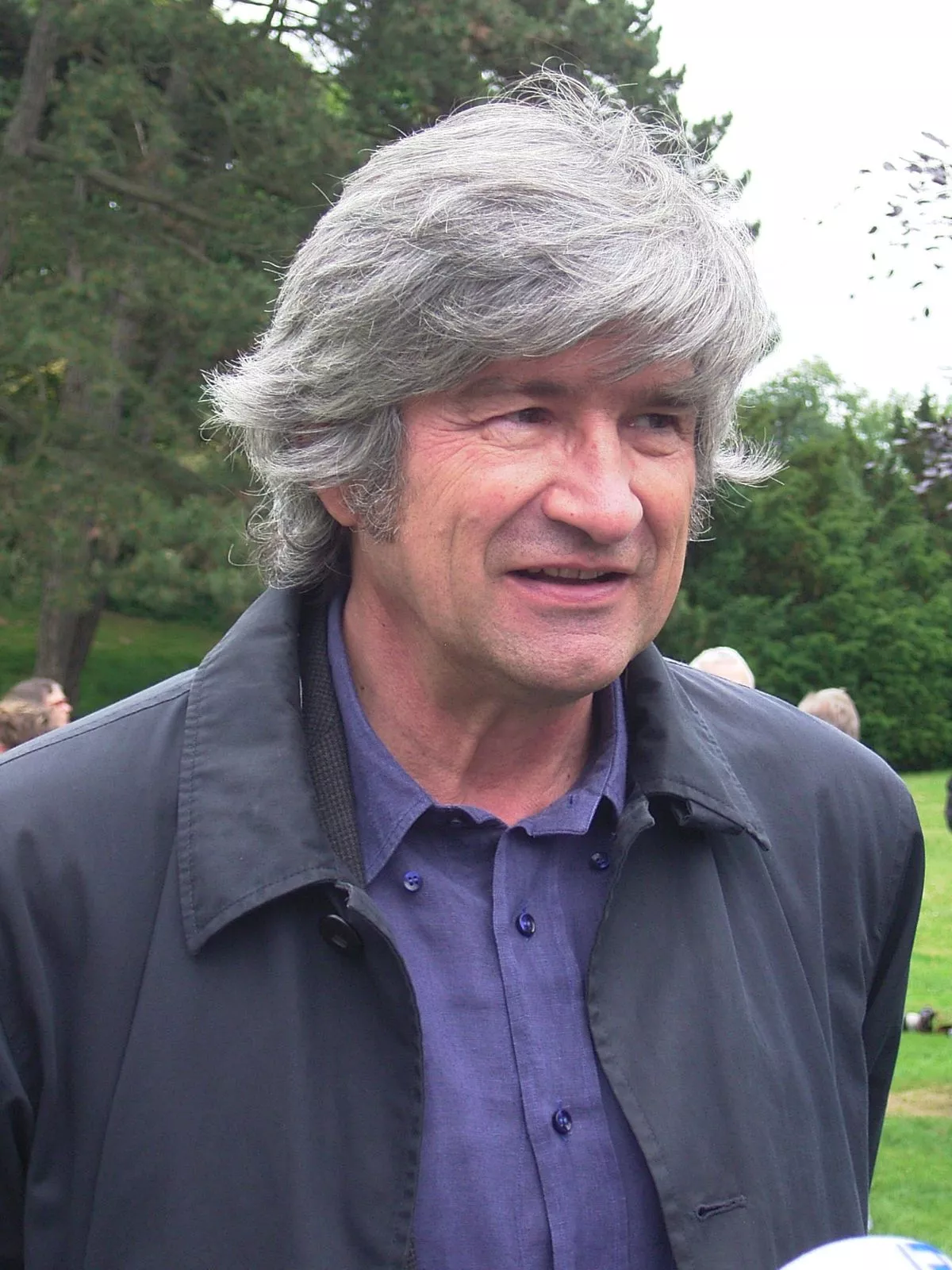 1.
1. Giuseppe Penone is interested in the link between man and the natural world.

 1.
1. Giuseppe Penone is interested in the link between man and the natural world.
In 2014, Penone was awarded the prestigious Praemium Imperiale award.
Giuseppe Penone was born on April 3,1947, in Garessio, Italy.
Giuseppe Penone's work strives to assimilate the natural word with his artistic practice, unifying art and nature.
Giuseppe Penone created his first Albero sculpture in 1969, a series which continues to the present.
In December 1968, Giuseppe Penone performed a series of acts in a wood near his home, the region of the Maritime Alps.
Giuseppe Penone enclosed the top of a tree in a net burdened by the weight of plants: Crescendo innalzera la rete.
Giuseppe Penone pressed his body to a tree and marked on the trunk the points of contact with barbed wire: L'albero ricordera il contatto.
Giuseppe Penone immersed in a stream a tub of cement with the dimensions of his body on which he had left the imprints of his hands, feet and face: La mia altezza, la lunghezza delle mie braccia, il mio spessore in un ruscello.
In 1969, Giuseppe Penone's works were published in the Germano Celant's seminal publication Arte Povera in a form of a sort of diary correlated with drawing, photographs and brief notes.
In 1969, Giuseppe Penone produced the work titled Il suo essere nel ventiduesimo anno di eta in un'ora fantastica, which he created by uncovering within a wooden beam the tree as it was when it was his own age.
In 1970, Giuseppe Penone created two sculptures, titled Albero di dodici metri, as performances during Aktionsraum 1 in Munich, Germany.
In Rovesciare i propri occhi, an action of 1970, Giuseppe Penone wears mirror-finish contact lenses that interrupt the channel of visual information between the individual and his surroundings, entrusting to photography the possibility of seeing in the future the images that the eye should have collected.
In Svolgere la propria pelle, a 1970 artwork published the following year in the form of an artist's book, Giuseppe Penone recorded the boundary of his body with hundreds of photos taken by superimposing a sheet of glass on his skin.
Giuseppe Penone's purpose is to produce the work starting from an image as automatic and unconscious as a fingerprint, and to make it conscious and voluntary through the irreplaceable action of drawing, which enlarges it and retraces it in all its art.
In 1978, Giuseppe Penone began a series of works in clay titled Soffio.
In 1981 Giuseppe Penone began a series titled Essere Fiume.
Giuseppe Penone sees all elements as fluid and what we would describe as hard or soft depends only on the state in which we find ourselves acting.
In Gesti vegetali, a series of sculptures which Giuseppe Penone began to work on in 1982, Giuseppe Penone "fossilized" the imprints of his hands on strips of clay stuck to a dummy that served as a frame.
Giuseppe Penone then cast the clay in bronze using the lost-wax technique and completed the work by placing the casts next to each other so as to create the semblance of a human being.
Giuseppe Penone has made bronze trees which have been erected in various public spaces.
Many of Giuseppe Penone's works produced in the second hall of the 1980s are closely bound up with the idea of contact as a generator of memory and change.
Between 2003 and 2007, Giuseppe Penone was involved in the production of a large scale installation of sculptures for the seventeenth-century Palazzo di Venaria in Piedmont.
In 2007 Giuseppe Penone was invited to the Venice Biennale where he set up an installation for the new opening of the Padiglione Italiano.
In 2011 Giuseppe Penone participated in the Art Gallery of Ontario "Galleria Italia," which included his work Repeating the Forest.
Since 1969 Giuseppe Penone has been one of the leading representatives of Arte Povera, the critical theory coined by Germano Celant in 1967 and based on the work of a number of Italian artists, including Giovanni Anselmo, Alighiero Boetti, Luciano Fabro, Jannis Kounellis, Mario Merz, Marisa Merz, Giulio Paolini, Pino Pascali, Michelangelo Pistoletto and Gilberto Zorio.